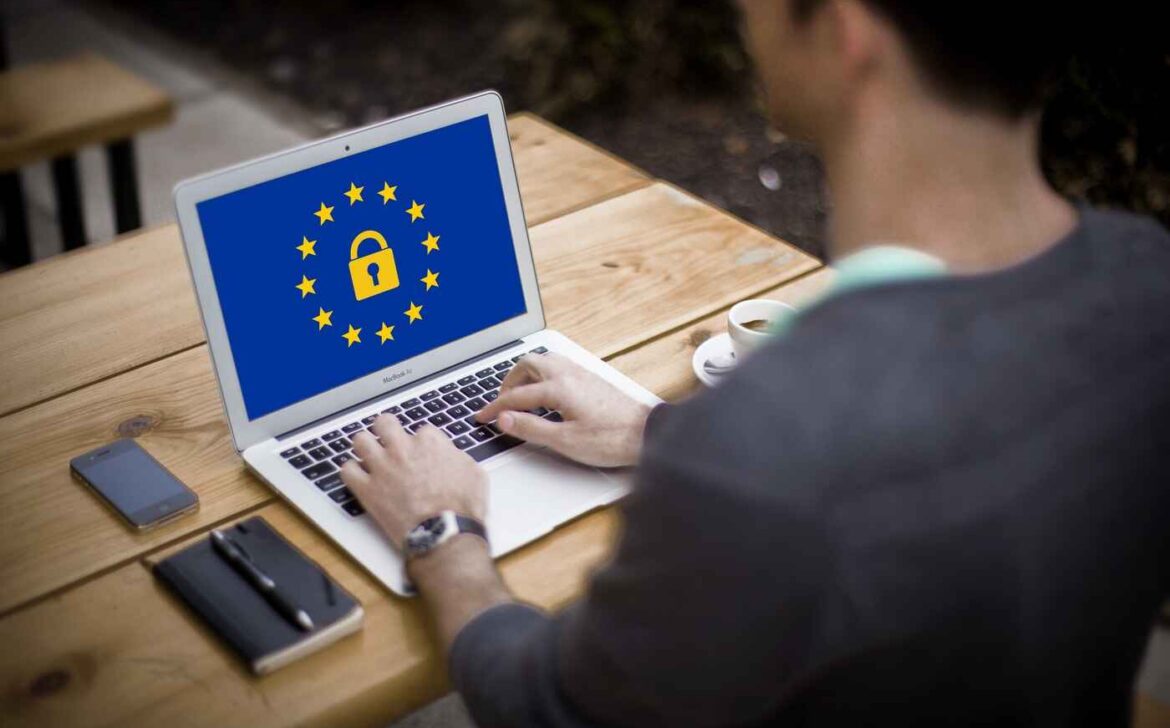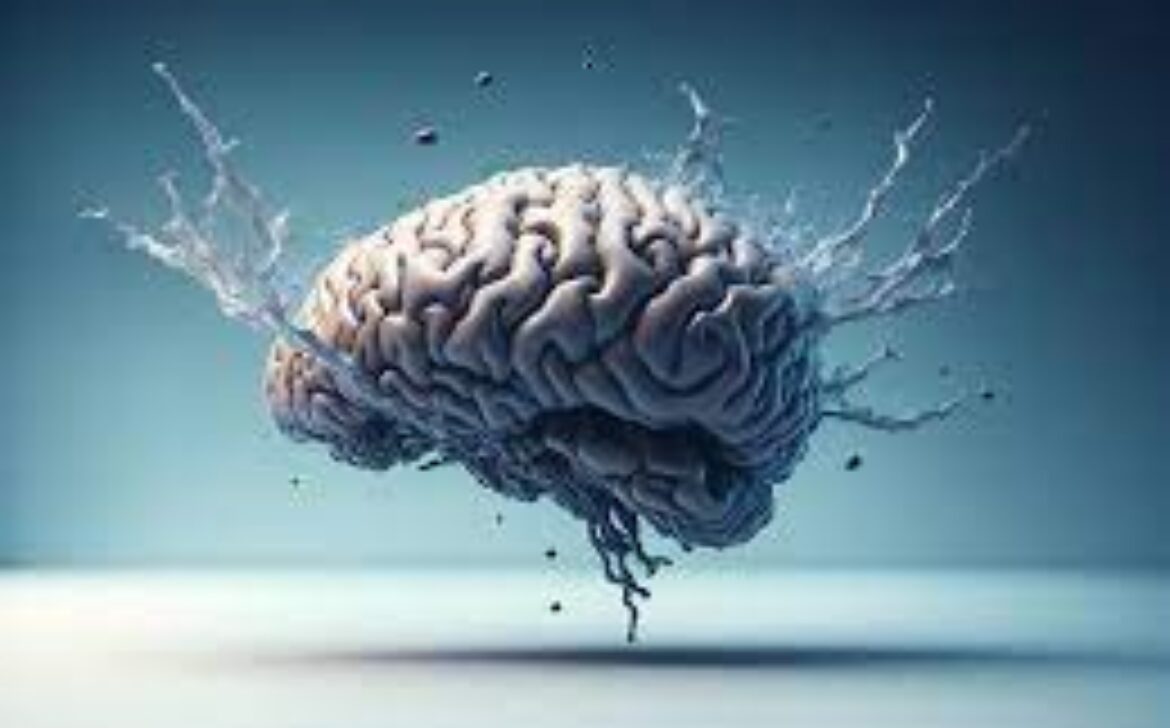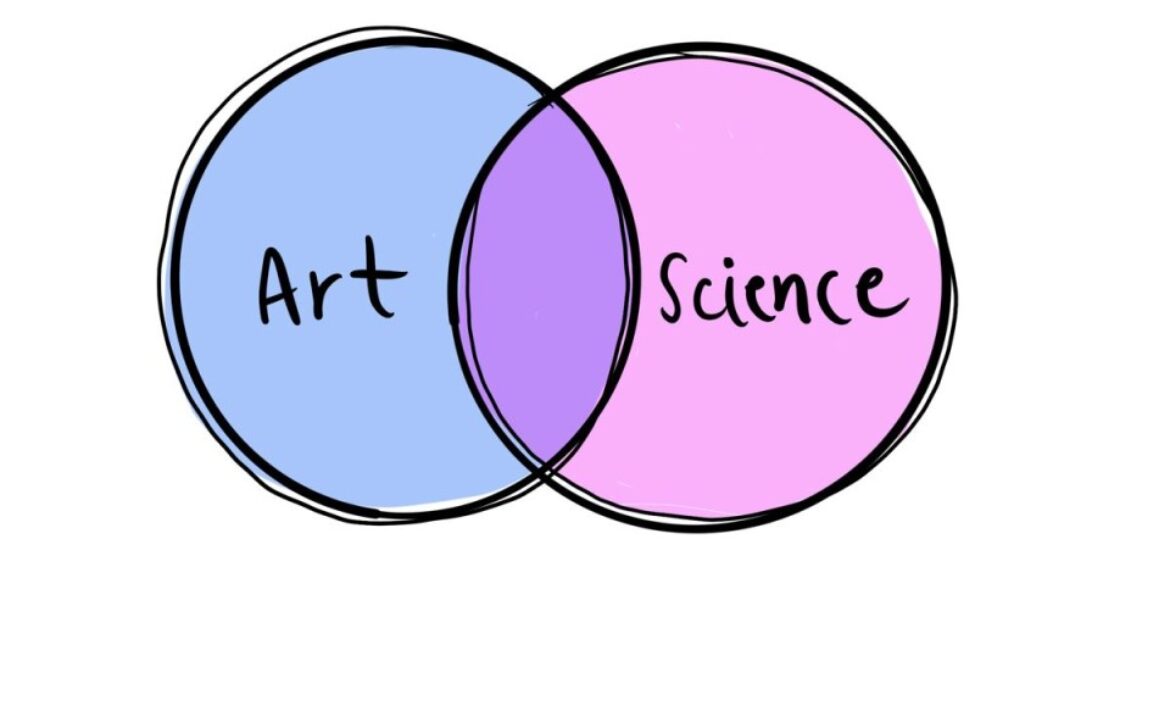Locking Down Your Data: A Simple Guide to Privacy and Security
Address concerns about data privacy and security in educational technology. Explain how your company safeguards student and teacher data.
Data Privacy:
Personal Data Definition: Personal data includes information that identifies an individual, such as names, addresses, phone numbers, email addresses, and IP addresses.
Data Privacy Laws: Laws like GDPR and CCPA regulate how organizations handle personal data.
Consent and Transparency: Organizations must obtain user consent and explain data collection purposes.
Data Retention: Data should be retained as needed, with secure disposal methods for unnecessary data.
Data Subject Rights: Individuals have rights, including access, correction, deletion, and objection to data processing, under data privacy laws.
Data Protection Officers (DPOs): DPOs play a pivotal role, ensuring an organization’s compliance with data privacy laws.
Data Security:

Encryption: To elaborate, encryption, whether data is at rest or in transit, is vital for safeguarding data from unauthorized access.
Access Control: Similarly, access control, which encompasses user authentication and role-based access, limits data access to authorized personnel.
Multi-Factor Authentication (MFA): In the same vein, MFA enhances security by adding an additional layer of protection for user accounts and data.
Data Backups: Additionally, regular data backups are essential to prevent data loss, and secure storage is crucial for safeguarding backups.
Security Awareness: Likewise, training employees and users is vital, empowering them to recognize and respond to common security threats effectively














